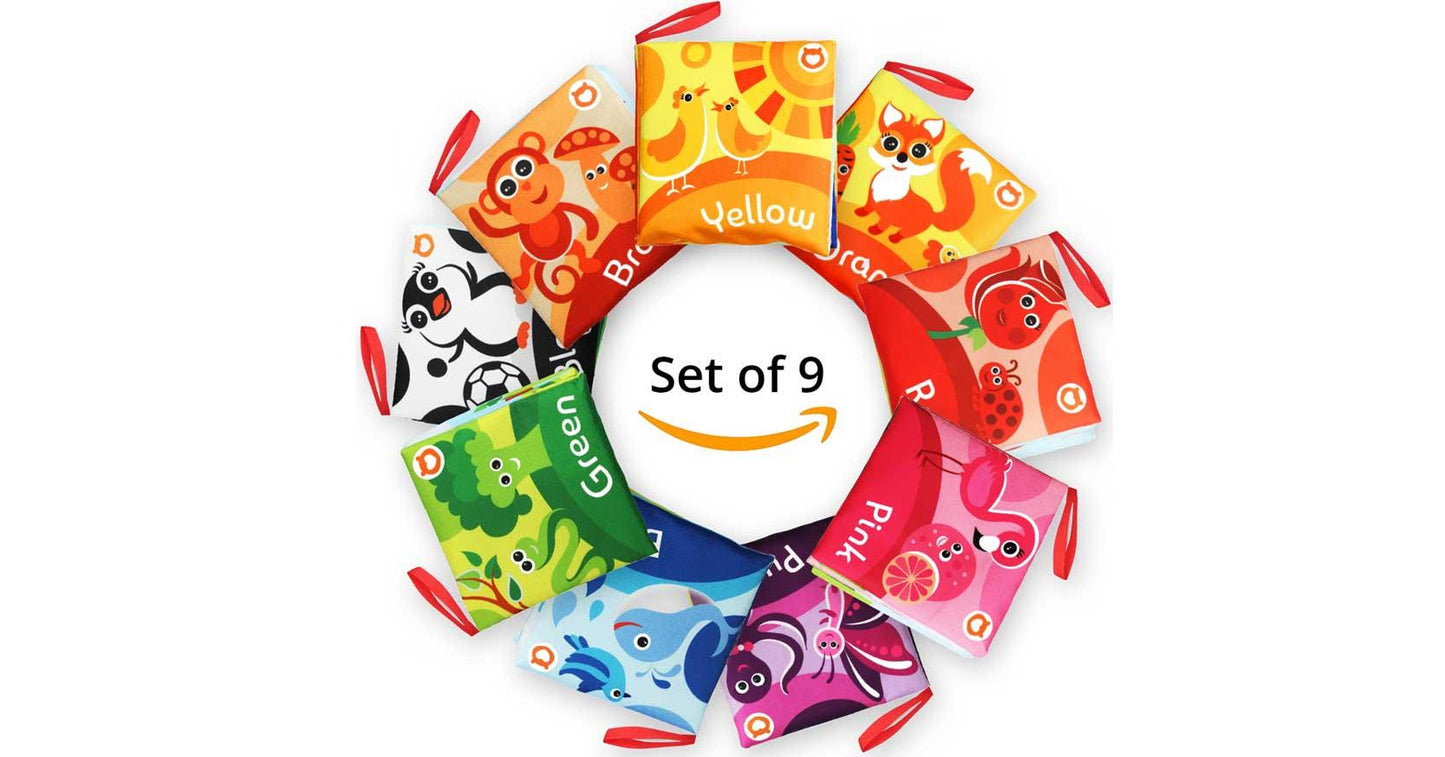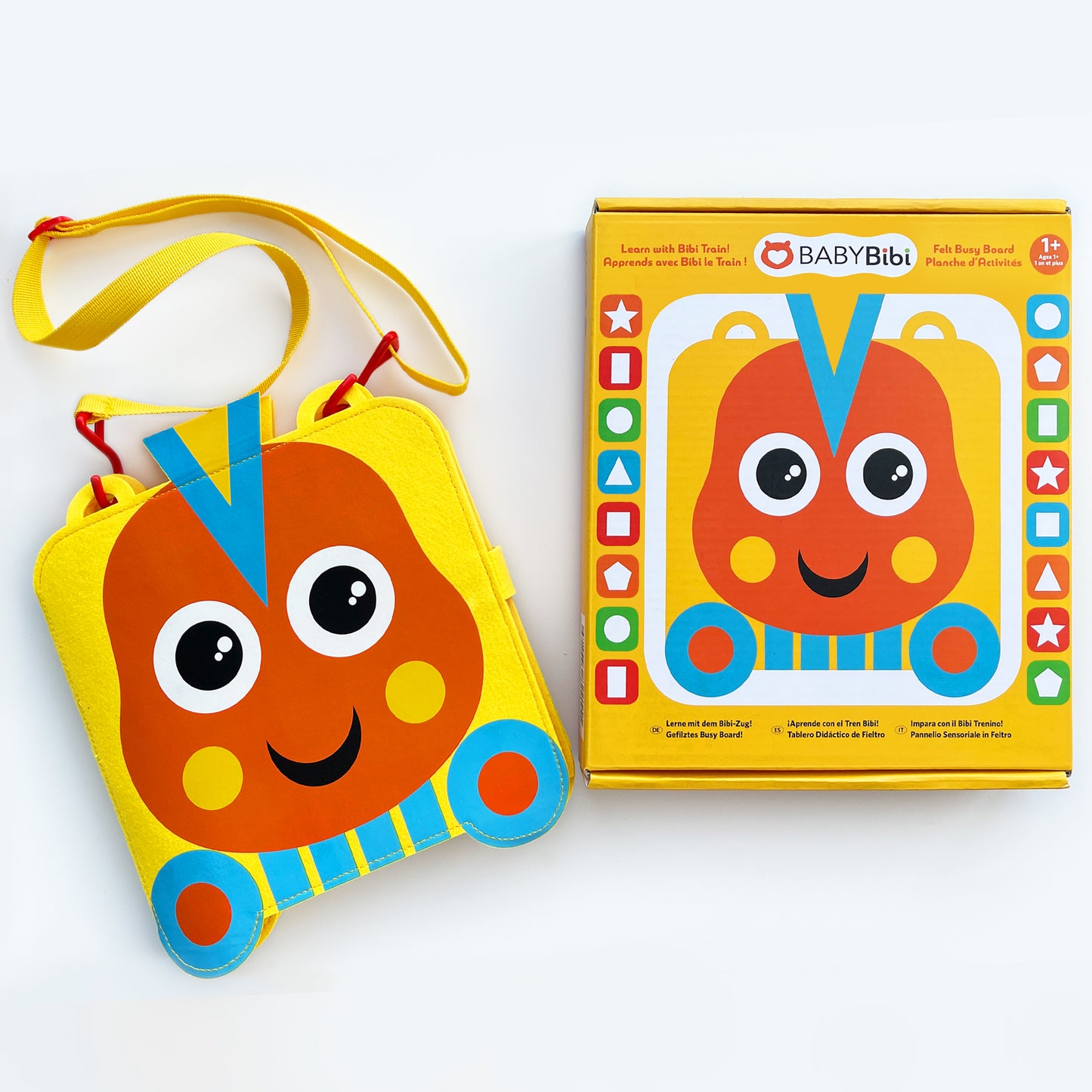
When is the Good Time to Teach Your Baby Colors?
Introduction
You know that moment when your baby’s eyes light up at a burst of color—maybe a bright red ball or the sunny yellow of their favorite toy? As parents, we can’t help but wonder: is now the right time to start teaching my little one their colors? We’ve all had those days when we’re caught between wanting to support our baby’s learning and not wanting to add more pressure. If you’ve ever found yourself second-guessing when (or even how) to start with colors, you’re not alone! Here we’ll chat about simple, gentle ways to notice your baby’s cues and make color learning fun—no stress, just play. Let’s make early learning something you’ll both enjoy, with a few easy ideas to fit real family life.Key Points
- There’s no universal ‘perfect’ age—watch for your child’s own readiness cues, like fascination with colors and objects.
- Introducing colors early supports not just learning but creativity, language, and critical thinking skills.
- Play-based, low-pressure activities (like cloth books and playroom games) make color learning fun and engaging.
- Emerging trends like AI toys, eco-friendly materials, and parenting communities are making color learning more personalized than ever.
- Trust your instincts—learning colors is a journey, and it’s okay for every family to find their own pace.
When Should You Teach Your Baby Colors?
Have you ever watched your baby stare at a bright red toy or reach for that one yellow block, and thought, "Is now the time to start teaching colors?" You're not alone! Every parent wonders when—and how—to introduce colors to their little ones. The good news: there's no secret schedule, just little moments that are perfect for learning together.
How Babies Naturally Learn About Colors
You know those moments when your toddler is fascinated by the blue cup or insists on the green bath duck? That's color learning, in real life! Babies start noticing colors way before they can name them. They explore the world with their eyes and hands, soaking in every shade as part of early learning. Play to learn and sensory play are huge at this age—think sorting colorful blocks, pointing to pictures in cloth books, or stacking rainbow rings.
- Cognitive development: Playing with colors encourages brain growth and problem-solving (like matching or sorting).
- Language development: Even before they say "blue," babies hear you say it—so keep talking about colors in everyday life!
- Learning through play: Everyday routines (snack time, walks, bath) are perfect for talking colors.
Signs Your Baby Might Be Ready for Color Learning
Every child is different—some become obsessed with colors at 18 months, others closer to age two or three. Here are some clues they're showing interest:
- Reaching for specific colored toys
- Reacting (smile, frown, excitement) to bright items
- Listening when you name colors during toddler activities
- Trying to repeat color names in their own way
Real talk: If your child just doesn't seem interested yet, that's normal! There's no rush.
Simple Everyday Ways to Teach Colors
You don't need fancy gadgets or endless flashcards. Everyday moments are packed with color learning opportunities. Here are some simple, hands-on ways for baby development and creative development:
- Speak in color: "Here’s your red cup!" or "Let’s wear your blue socks today." It’s easy and natural.
- Montessori at home: Set out two or three colorful objects, name them, and let your child pick their favorite. Soon, they'll start naming and sorting them, too.
- Read colorful books: (Like these soft cloth books)—they’re perfect for little hands and easy-clean for unexpected toddler messes.
- Snack color sort: At snack time, ask your toddler to find all the green peas or the orange crackers.
- Nature walks: Talk about the "blue sky," "green grass," and "yellow flowers."
- Play to learn: Use blocks, puzzles, bath toys—whatever is around! Mix, match, and talk about what you see.
How Technology and Trends Are Changing Color Learning
Let's face it, parents today have access to way more than just basic toys. From interactive digital games to smart educational toys, technology has made color learning even more engaging and personal. New trends (see Exploding Topics, TecEx AI Trends) show that personalized, play-based learning is on the rise. Some apps even track your child’s interest in certain colors or help you gauge when they're ready to learn new words—kind of like getting parenting tips in your pocket!
- Social media influence: Modern parents share everything from Montessori trays to toddler activities for color fun. TikTok and parenting groups are filled with easy, creative ideas. (Newengen TikTok Trends)
- Sustainable choices: Parents care about eco-friendly educational toys and cloth books, so choosing products that last and are gentle on the earth has never been more popular (Top Climate Tech).
- Simple wins over fancy: Honest parent communities remind us that you don’t need every new gadget—just creativity, connection, and a little patience.
Real Talk: Honest Moments in Teaching Colors
Let’s be honest—teaching colors isn’t always as easy as the picture-perfect posts make it look! You might spend weeks naming “green” and still hear your toddler call every color “blue” (we’ve all been there). Some days they’ll surprise you with a brand new word. Other days, they’ll throw the yellow block across the room. That’s just toddler life.
- It’s okay if your child isn’t "getting it" yet. Every little brain works in its own wonderful way.
- Don't stress over milestones or compare your child to others.
- Your patience (and loving encouragement) is what matters most for baby development.
Simple Tips for Teaching Colors At Home
- Make it part of play—don’t turn it into a test.
- Repeat colors naturally in daily conversation.
- Keep it fun and silly—sing, dance, use funny voices.
- Try creative developments like finger painting or play dough.
- Be patient. Their "a-ha" moment is coming!
The Bottom Line
The most important thing is to make color learning a fun, stress-free part of daily life. There’s no perfect age and no right way. Trust your instincts, follow your child’s lead, and remember: you’re teaching much more than colors—you’re showing your little one how fun learning can be. When in doubt, keep it simple, keep it playful, and know that you’re doing an amazing job at early learning, no matter what the timeline looks like for your family.
Conclusion: Color Learning is a Journey, Not a Race
Here’s the most important thing for every parent to remember: there’s no single "perfect time" to start teaching your baby colors. Every child’s journey is unique. Whether you’re inspired by early learning approaches like Montessori at home, or just want to use everyday moments for play to learn, your baby will start picking up colors when they’re ready. It’s all about following their curiosity and making color learning a part of daily fun, not a checklist.
Real talk: Sometimes you may wonder if you’re doing it “right” or worry your little one isn’t interested yet. It’s completely normal to feel that way! Baby development happens in its own time. Celebrate creative developments, even tiny ones, and give yourself grace on days when you’re not sure what to do.
So, what’s one small step you can do right now? During your next toddler activity or playtime, simply name colors you notice—whether that’s a red ball, a green shirt, or the blue sky. This gentle, everyday approach supports cognitive development and language development without pressure, and helps your child connect colors to the world around them.
Remember, learning through play—whether with educational toys, a favorite cloth book, or just what’s around you—is powerful. You’re already giving your child a wonderful start by loving, encouraging, and spending time together. Trust that you know your baby best. Little moments add up, and soon enough, you’ll see your child’s colorful world come alive. Keep it simple, have fun, and know you’re doing an amazing job!

